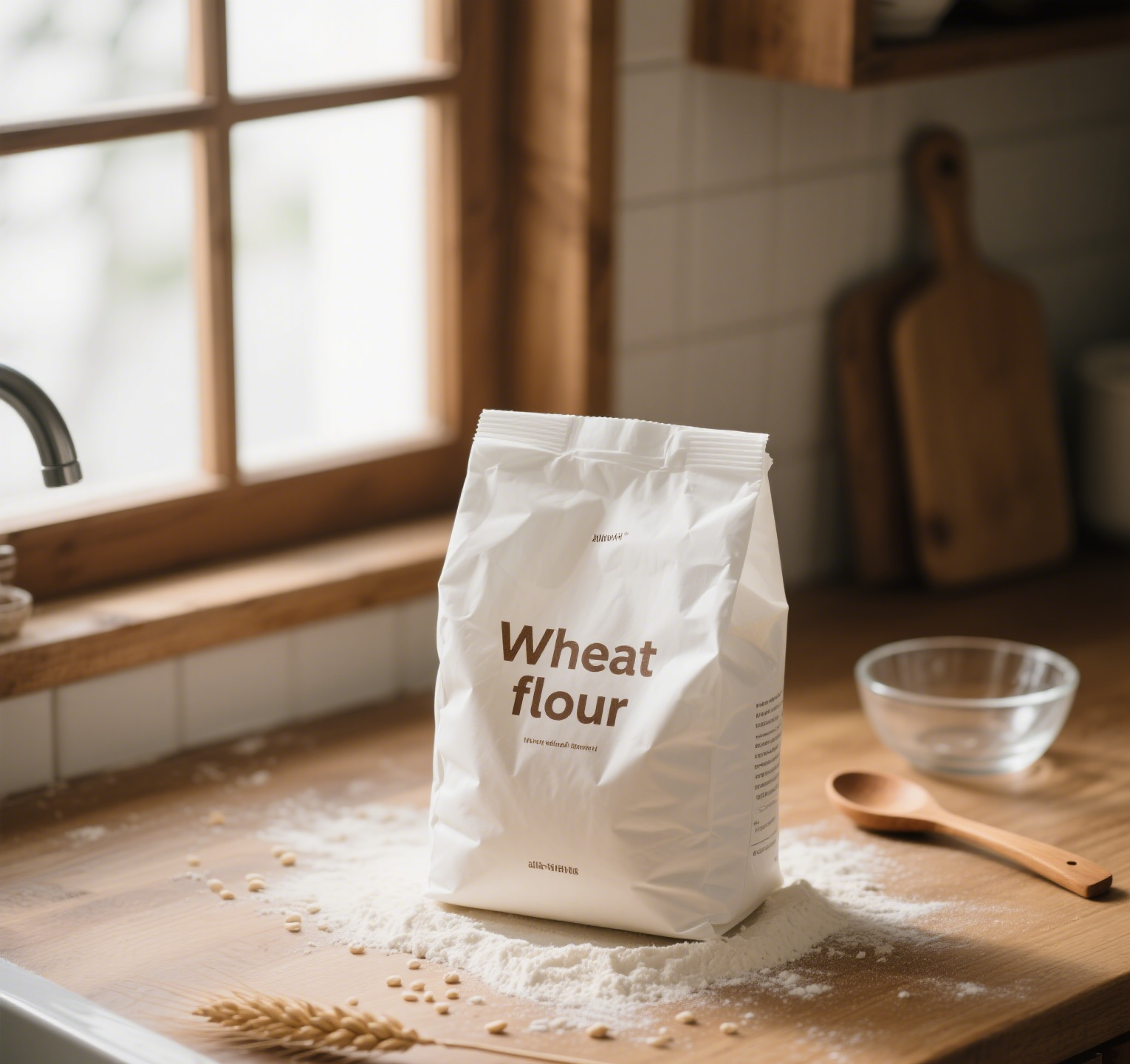Physical Address
304 North Cardinal St.
Dorchester Center, MA 02124
Physical Address
304 North Cardinal St.
Dorchester Center, MA 02124
Ever stared at a recipe calling for “wheat flour” while holding your regular bag of “flour” and wondered if you’re about to commit a baking crime? Fear not, fellow kitchen adventurer – let’s unravel this floury mystery together.
First, the big reveal: All wheat flour is flour, but not all flour is wheat flour. Mind blown yet? Here’s why:
When Americans say “flour,” they’re usually referring to all-purpose wheat flour – the beige superhero of baked goods. It’s like the Switzerland of flours: neutral, versatile, and found in 97% of kitchen pantries (we made up that statistic, but it feels right).
Wheat flour specifically means any flour milled from wheat berries. This includes:
Now meet the rebels that make “flour” and “wheat flour” non-interchangeable terms:
As pastry chef Pierre Hermé once said: “Flour is the canvas, but wheat flour is the oil paint – others might work, but the masterpiece starts here.”
Wheat flour contains gluten proteins that act like microscopic bungee cords – they stretch to trap air bubbles during baking. This is why:
Pro tip: The protein content varies by type. Bread flour (~14% protein) could arm-wrestle cake flour (~8% protein) and win easily.
Whole wheat flour is the wheat flour that kept all its original parts – bran, germ, and endosperm. It’s like buying the whole wheat berry instead of just its “white shirt” (refined flour). More nutrition, but also more… personality in your baked goods.
Remember: Substituting regular flour with whole wheat flour is like replacing your office chair with a yoga ball – good intentions, but expect adjustments!
As Julia Child famously didn’t say but should have: “A cook without wheat flour is like a painter without white – technically possible, but why make life difficult?”
While “flour” often means wheat flour in casual conversation, the baking world is more colorful (and grainy) than that. Now when a recipe specifies “wheat flour,” you’ll know whether it’s giving you creative freedom or demanding wheat loyalty.
So go forth and bake with confidence! Just maybe don’t substitute bread flour for cake flour in your anniversary dessert… unless you enjoy chewing your cupcakes.